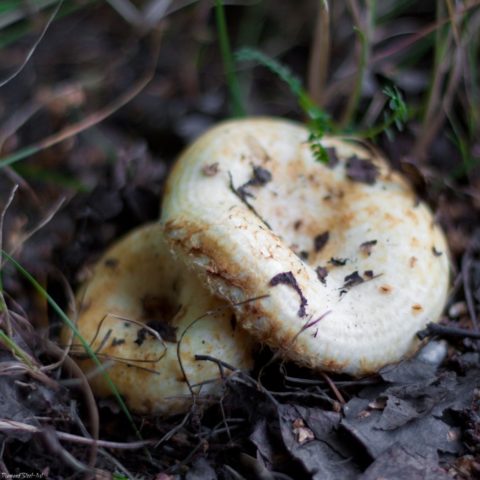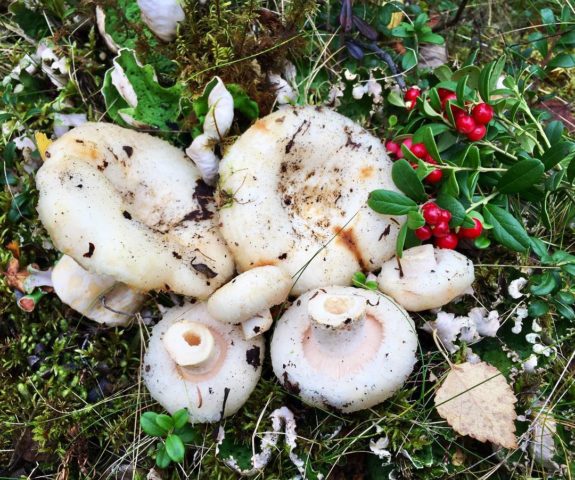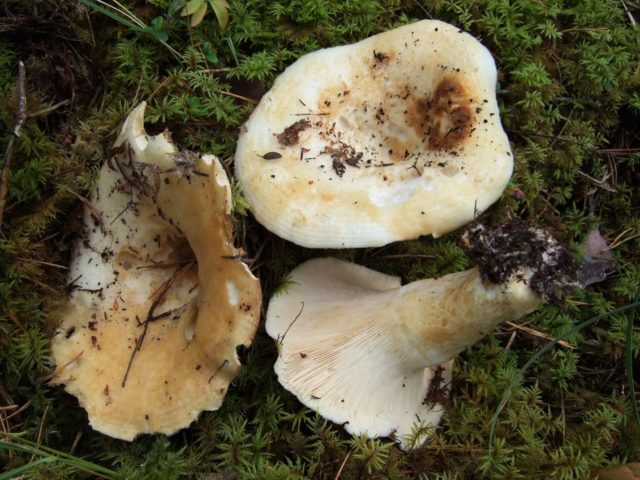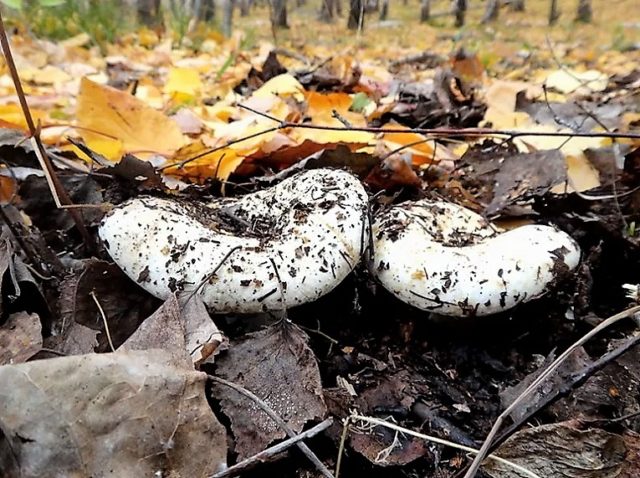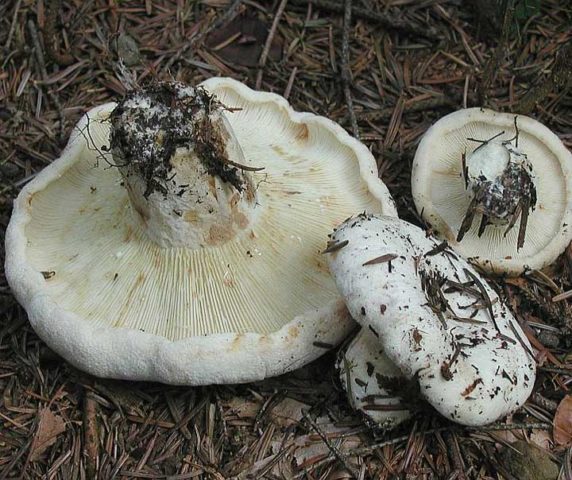Content
Watery-zone mushroom is an edible lamellar mushroom. It is part of the russula family, genus Mlechnik. In different regions, the mushroom has its own names: podivnitsa, sinker, lip, water-zoned milk mushroom.
Mycologists call the species Lactarius aquizonatus.
Description of the watery-zone weight
Although the mushrooms hide in the grass and under the leaves, a prominent hat reveals their location. Distinctive features will allow you to determine the variety of the representative of the mushroom kingdom.
Description of the hat
In old mushrooms, the cap is rather large - 8-20 cm. In young mushrooms, the cap is round, compact, the edges are tucked up. Then flat, with a shallow depression towards the center. In older specimens, the edges are curved upward. The skin is slightly slimy. The hem is shaggy, fringed. If it is dry, old specimens have no edge. The top is white or with an ocher-yellow tint in the center and at the hem. Yellowness appears due to shaggy edges, which turn yellow and darken slightly with age. The species owes its name to the faintly noticeable circles on the cap - the zones where liquid accumulates.
Bottom, wide, whitish-creamy plates are attached to the stem. The white flesh is firm and firm. The color of the pulp does not change at the break, it emits a pleasant mushroom aroma with some fruity notes. A milky juice is released, acrid, yellowing in air.
Leg description
The leg of the watery-zone mushroom is low, from 2 to 8 cm, stretches out in mosses.
Other features:
- thickness 0.5-4 cm;
- strong, cylindrical, even;
- whole pulp in young specimens;
- hollow with age;
- yellowish depressed spots on a light white surface.
Where and how it grows
The watery zone species grows under deciduous species and in mixed forests - in moist birch forests, aspen forests, under alder or willow, in groves with moist soil. The favorite places of experienced mushroom pickers who collect watery-zone milk mushrooms are areas between pine forests and boggy birch forests in the northern regions of the temperate zone of Russia, in the Moscow region, Belarusian forests, in the Volga region, in the Urals and in Siberia. They grow in groups, from 3-10 pieces. Sometimes mushrooms are quite difficult to find: they are completely hidden under last year's litter. Watery-zone milk mushrooms are harvested from July to the end of September.
Is the mushroom edible or not
Watery zone representatives are conditionally edible. They belong to the fourth nutritional category. Lovers of milk mushrooms appreciate their salty taste for their good taste.
How to cook watery mushrooms
Liquid-filled mushrooms are only recommended to be salted. Procurement rules:
- fruit bodies are soaked or boiled so that the bitter juice disappears;
- soaked for 12-24 hours, sometimes it is recommended up to 3-7 days;
- change the water daily;
- who like a special bitter taste, mushrooms are soaked for no more than a day.
Young milk mushrooms are pickled.
Doubles and their differences
For inexperienced mushroom pickers, the watery-zone mushroom is similar to the following species:
- with a white wave;
- white load;
- violin;
- we load the present.
The species has no poisonous counterparts.
Feature of the species under consideration:
- zones on the head;
- wet fringe border;
- depressed spots on the leg.
Differences of twins:
- the wave is smaller, the milky juice is bitter;
- the load has no juice on the cut;
- the violin is larger, with a felt surface of the cap and white milky juice;
- a real mushroom has no pubescence, or it is small.
Conclusion
Watery-zone milk mushroom is highly valued as a pickling raw material. The species develops on warm, foggy nights, but does not particularly like rainy weather. Caps covered with decaying foliage rot due to excess moisture.
